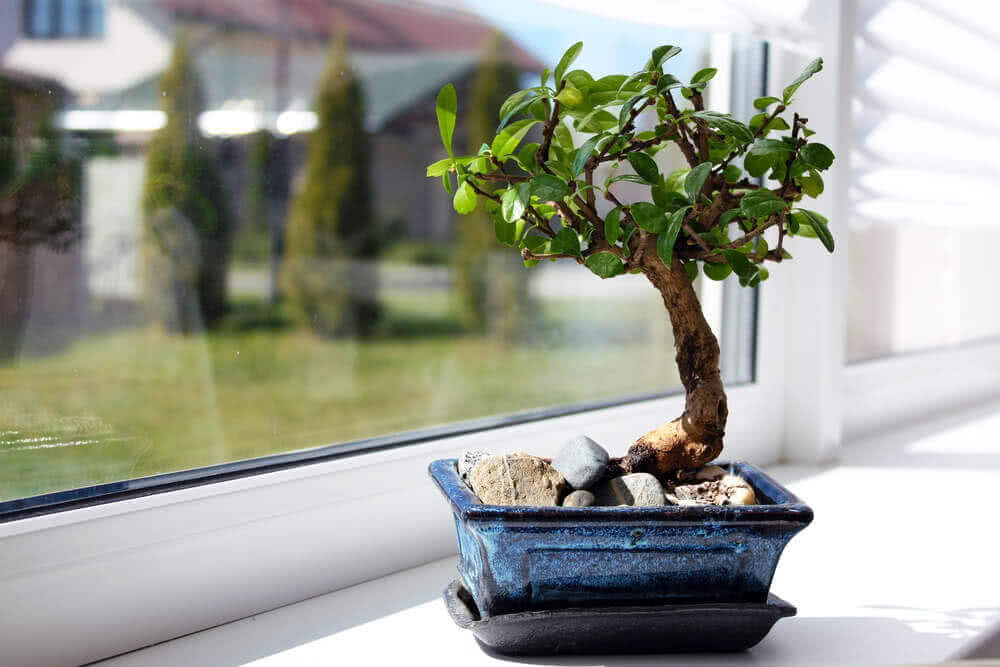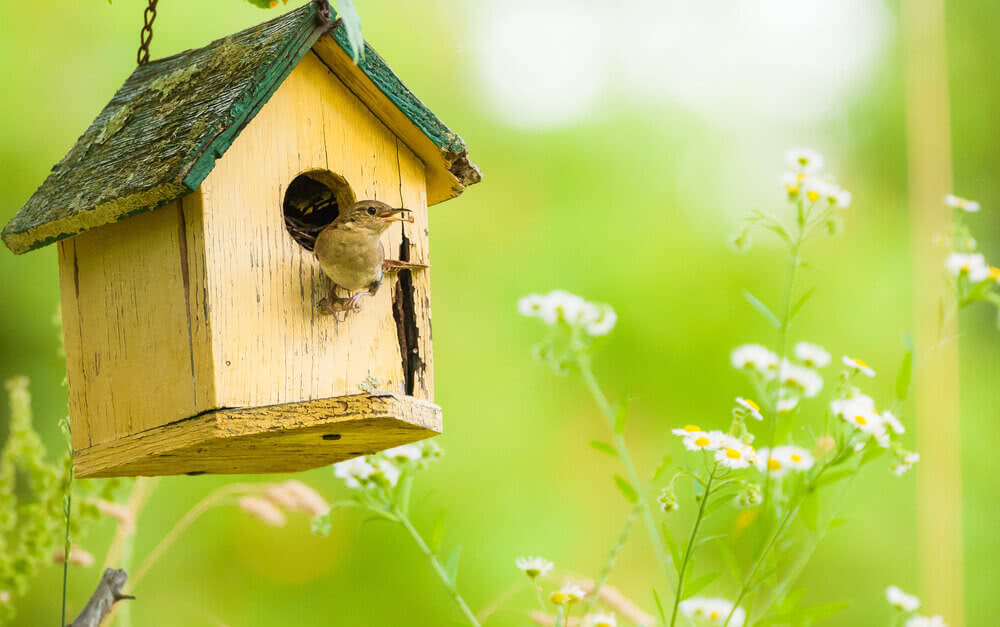A study published in the peer-reviewed journal Biological Conservation in May 2017 started looking at India’s information on disappearing of bees by looking at data from farmers. The study took into account farmers view and observations, as they were the ones who stayed closest to the farmers and were keen observers.

Importance of bees in farms and gardens:
- Bees pollinate one-third of everything we eat.
- These tiny insects play a vital role in sustaining the planet’s ecosystems.
- About 84% of the crops grown for human consumption – some 400 different types of plants – need bees and other insects to pollinate and increase their yields and quality. These include fruits, vegetables, nuts, plants such as sunflowers, cocoa beans, coffee and tea.
- Crops grown as fodder for cows and livestock are pollinated by bees.
- Bees pollinate cotton.
- It is estimated that annual global crop pollination by bees is worth $170bn.
- Talking about our ecosystem, bees pollinate seeds, fruits and berries eaten by birds and small mammals, thus making them guardians of our food chain.
- Bees are known as industrious pollinators as they have coevolved with flowering plants over millions of years.

The relationship between bees and gardens:
- The poet Kahlil Gibran beautifully states that - “To the bee, a flower is the fountain of life, and to the flower, the bee is a messenger of love.”
- The bees need the flowers for food, and the flower needs the bee to reproduce.
- Nectar and pollen from flowering plants are bees’ only food source.
- The sweet golden nectar drink gives adult bees energy.
- Pollen is protein-rich baby food.

Why are the bees disappearing?
Studies published since 2006 have revealed that use of insecticides and intensive farming has resulted in the decline of bees. The pesticides make the bees age faster and reduce their productivity too.
Sujana Krishnamoorthy, founder of Under the Mango Tree, an organization promoting indigenous beekeeping in different parts of India states that “Bee species such as Apis mellifera are partly responsible for the decline in bees.” She also mentions that “Since the government is promoting mellifera, domestic species such as Apis dorsata (rock bees) or Apis cerana indica (Indian hive bees) have declined.”
Sujana Krishnamoorthy and her organization work with Adivasi communities to shift from honey hunting to beekeeping. As a policy, they try to maintain local diversity. Before starting to work in an area, Under The Mango Tree conducts surveys of the kinds of bees in the area, and then help farmers transfer local populations into bee boxes before training them for up to a year on how to maintain.

How can we save bees and bring back the pollinators?
- In Sikkim, insecticides have been banned entirely. Farmers are taking an organic and holistic approach towards conserving bees. Its effects will be revealed in years to come. Until then, you can turn your garden into a bee haven by following these steps:
- Bees are attracted to flowers based on colour, scent, and appearance. Avoid fancy double flowers that hide the nectar in their ruffles. Go with simple, old-fashioned single flowers that brim with nectar. Read about how to attract bees to your garden.
- Choose herbs such as lavender, catmint, sage, thyme, fennel, and chives.
- Plant chives and cranesbill along with peaches and apricots. We assure that you will have pollinators visiting within a year.
- You could practice rotational gardening and keep the bees visiting throughout the year. Wondering how? Plant Thrift, Chives and Cranesbill in spring. Go for Lupins, Lilacs, and Roses during early summer. In high summer, go for Lavender, Goldenrod, and Fennel. Go for Sunflower, Verbena and Black-eyed Susan in Late Summers.

Are you practicing any methods to attract bees to your gardens? Let us know in the comments section below. The best ideas would be cited on our Instagram and Facebook pages.
References:
https://scroll.in/article/839067/bees-are-disappearing-in-india-and-we-are-slowly-learning-why
https://cdn.shopify.com/s/files/1/0579/7924/0580/t/18/assets/why-are-bees-important?v=1661880082
https://www.fix.com/blog/bring-back-the-bees/













